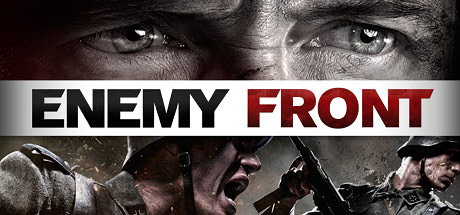
Initially chambered in 7.65mm Parabellum, this is the gun for which the now-ubiquitous 9x19mm Parabellum cartridge was originally created. Īdopted in 1908 and technically replaced by the Walther P38 in 1938, the P08 saw a lot of use in WWII. The shape of the holster worn by this officer is indicative that he’s carrying a P08. soldiers, which is detailed in HBO’s Band of Brothers. They were very popular as war trophy “bring-backs” by U.S. Luger P08 Semi-Automatic Pistolĭespite the many different guns made by Luger, if someone asks about a “Luger pistol,” chances are good that they’re referring to the P08. This would be the case with the sniper rifle fielded in the film by Major Erwin König, played by Ed Harris. A sniper version, equipped with a ZF42 4X scope increased the range to 1,000 meters when in the hands of a skilled sniper. The standard rifle iron sights are measured out to 500 meters. The 98k’s bolt hand is turned down, which made it easier to reach, reduced the gun’s projection, and enabled optics to be installed directly over the receiver. Germany’s previous rifle, the Gewehr 98, had a straight bolt handle. It has a fixed box magazine that holds five rounds of 7.92x57mm Mauser, which can be loaded individually or with the use of a stripper clip. Standing on the shoulders of a long line of Mauser rifles, the 98k was adopted as the standard German rifle in 1935. The 98k is an iconic German rifle from WWII.

Some reports claim that as many as 14,600,000 were made, which is an absolutely staggering number of rifles. Just like the 91/30 is the most recognizable Soviet rifle, the Karabiner 98k is the most recognizable German rifle. German Arms Karabiner 98k Bolt-Action Rifles They were organized into regiments of 16 guns, which were further organized into divisions of field anti-aircraft forces. The M1939 85mm Air Defense Gun were generally used against high and medium altitude targets, as well as anti-tank guns in case of an emergency. The M1939 was used against aircraft and tanks. It could fire up to 25 rounds per minute and had an effective range of more than eight miles.

It utilized the carriage from a 57mm anti-tank gun and the barrel from the 76.2mm divisional gun that it replaced. The M1942 76mm Divisional Gun began production at the end of 1940. The muzzle of an M1942 can be seen here in the background.

This is how the gun is seen being used in the film. The M1940 25mm Anti Aircraft Gun was traditionally mounted on an integral four-wheel chassis, but it was also very popular as a defensive weapon on armored trains beginning in December 1941. The 25mm gun was popular on armored trains. The DShK can be seen mounted on one of the Russian boats in the film. The DShK Heavy Machine Gun, which fired a 12.7×108mm cartridge, entered Soviet service in 1938 and was designed by two previously mentioned individuals: Vasily Degtyarev and Georgy Shpagin. The DShK can be seen in the background, mounted to the deck of a boat. There are a number of larger arms seen in the film, but they are basically there as set dressing.


 0 kommentar(er)
0 kommentar(er)
